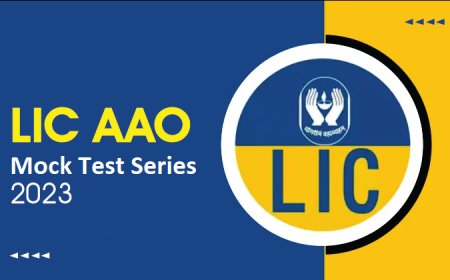LIC's Increasing Exposure to PSUs Raises Concerns for IRDA
LIC's Increasing Exposure to PSUs Raises Concerns for IRDA
The Insurance Regulatory and Development Authority (Irda) has expressed reservations about allowing the Life Insurance Corporation (LIC) of India to hold more than 10 per cent stake in state-owned companies. The insurance regulator is also worried about LIC's exposure in banking stocks and other state-run companies, as this may lead to a risk of concentration. Nearly 26 per cent of LIC's equity investment is in banks, while nearly 39 per cent of its equity exposure is in stocks of public sector units. A couple of months earlier, the government had allowed LIC to raise its stake in state-owned companies to over 10 per cent to help recapitalise these. Sources said Irda was concerned about the fact that returns from these stocks were not great, particularly in the current financial year. LIC's total investment stood at around Rs 11 lakh crore as on March 31, 2011, of which 20 per cent, or Rs 2.2 lakh crore, was in equity. Of these, investments in state-run stocks stood at Rs 85,030.60 crore, while exposure in banks stood at around Rs 59,585.68 crore. A senior Irda official said, "We can't comment on LIC's investment decisions. However, having said that, we are looking at the potential concentration risks associated with exposures in a particular sector." In the current financial year, though LIC has raised its stakes in most of these firms, the market values of these stocks have declined, owing to the volatile equity market conditions. According to data compiled by Business Standard Research Bureau, the current market value of stocks held by LIC in state-run companies stands at Rs 78,826 crore, while the market value of bank scrips held by LIC stood at Rs 55,264 crore.
The equity exposure cap should be placed at 10 per cent for all insurance companies. LIC, given its importance as the largest domestic institutional investor, might be given some relaxation on a case-to-case basis. But we are not comfortable if this is extended to a particular sector as a whole. We have conveyed our discomfort to the ministry," the official added. Currently, LIC can invest up to 10 per cent of the capital employed by the investee company or 10 per cent of the fund size in a corporate entity, whichever is lower. The capital employed includes share capital, free reserves and debentures or bonds. Till last week's divestment issue of Oil and Natural Gas Corporation (ONGC), LIC had invested Rs 25,000 crore in equities over two months, most of which had been pumped into banks and state-run companies. During the last month, the country's largest life insurer had also picked up stakes of five per cent in close to a dozen public sector banks, helping the government plan to recapitalise state-run banks. Accordingly, state-run lenders like Punjab National Bank, Dena Bank, Bank of Maharashtra, UCO Bank, Allahabad Bank, Indian Overseas Bank, IDBI Bank, Canara Bank, Syndicate Bank and Indian Overseas Banks have either allotted or are in the process of allotting shares to the insurance behemoth. After this allotment is completed, LIC's stake in most of these banks would exceed 10 per cent. "Close to Rs 4,000-5,000 crore has been invested in banks and, taking ONGC into account, over the last two months, LIC has invested close to Rs 25,000 crore. Also, with issues of other public sector units expected to come up for disinvestment, the total investment for the year is likely to be about Rs 60,000 crore," said industry sources. During 2010-11, LIC had invested Rs 1.96 lakh crore, of which Rs 43,000 crore was invested in equities. In the current financial year, LIC's total investment is likely to exceed Rs 2 lakh core and the equity investment may rise to Rs 60,000 crore.




